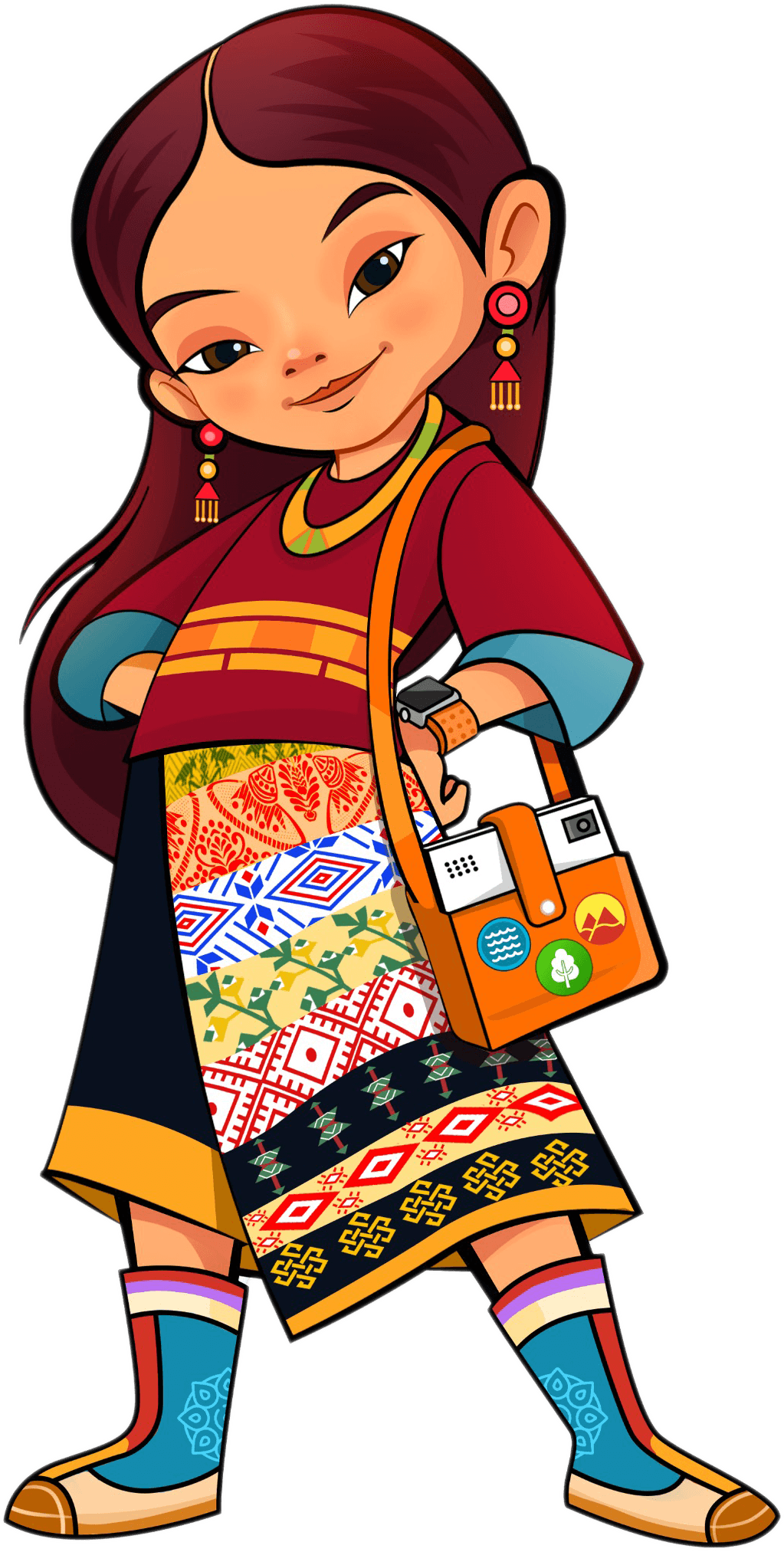 Bharat Mandapam, New Delhi, 110001
Bharat Mandapam, New Delhi, 110001 Bharat Mandapam, New Delhi, 110001
Bharat Mandapam, New Delhi, 110001
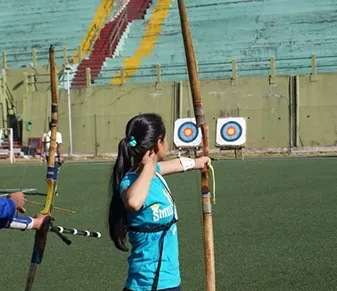
Archery is deeply rooted in Sikkimese tradition and is especially popular among the Lepcha tribe. Competitions are often held during festivals like Losar (Tibetan New Year), and archery remains a beloved sport that requires precision and skill.

Among the Bhutia and Nepali communities, stone throwing and tug of war are traditional sports that test participants' strength and teamwork. These sports are commonly part of local festivities.

Nathu La one of the highest motorable roads in the world, is a mountain pass in the Himalayan peaks that co-joins Sikkim and China. Situated on the Indo-Tibetan border 14450 ft. above sea level, Nathu La is one of the most important Himalayan passes in the country. Nathu means 'listening ears', and La means 'pass'. Nathu La is one of the three open trading border posts between India and China and is famous for its picturesque beauty and beautiful environment.
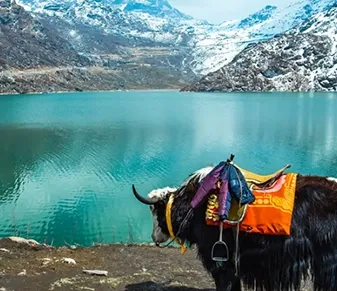
Tsomgo Lake, also known as Tsongmo Lake or Changu Lake, is a glacial lake in the East Sikkim district of the Indian state of Sikkim, some 40 kilometres (25 mi) from the capital Gangtok. Located at an elevation of 3,753 m (12,313 ft), the lake remains frozen during the winter season. The lake surface reflects different colours with change of seasons and is held in great reverence by the local Sikkimese people. Buddhist monks prognosticated after studying the changing colours of the lake.After the winter season ends in middle of May, the periphery of lake has scenic blooms of flower species of rhododendrons (the state tree of Sikkim), primulas, blue and yellow poppies, irises and so forth. Also seen in the precincts of the lake are several species of birds including Brahminy ducks. Wildlife seen includes the red panda.

Gundruk is a traditional Nepali dish made from fermented leafy veg, mustard or radish leaves. The leaves are sun-dried and fermented for several days, resulting in a tangy, slightly sour flavour. Gundruk is used as an ingredient in soups, stews, or stir-fries, providing a unique taste and aroma. It is a good source of nutrients and is said to have health benefits due to the fermentation process. Gundruk is a staple food of Sikkim cuisine, enjoyed by locals and tourists alike.
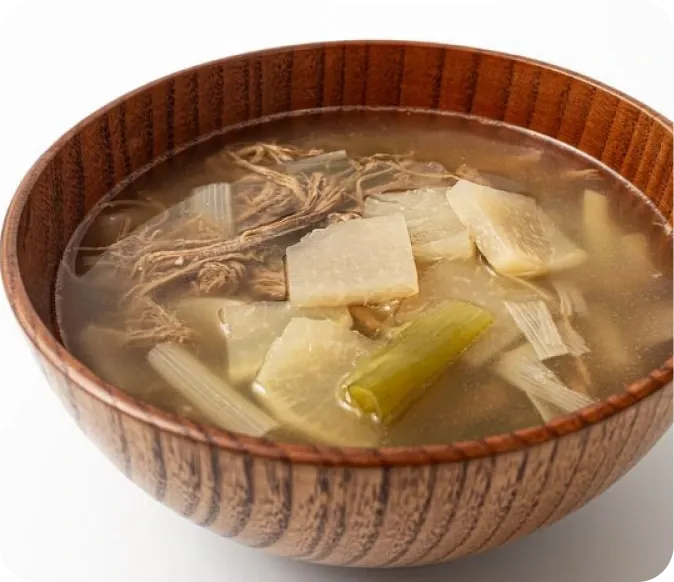
Sinki is a traditional food of Sikkim. It is fermented radish taproot and has a strong, pungent aroma and a tangy, sour taste. While making Sinki, radish taproots are cleaned, crushed, and packed into an earthen pot or bamboo container. The container is then sealed and buried for a month to ferment. Sinki is often used as a flavouring agent in soups, stews, or side dishes and is said to have various health benefits due to its fermentation process and probiotic content.
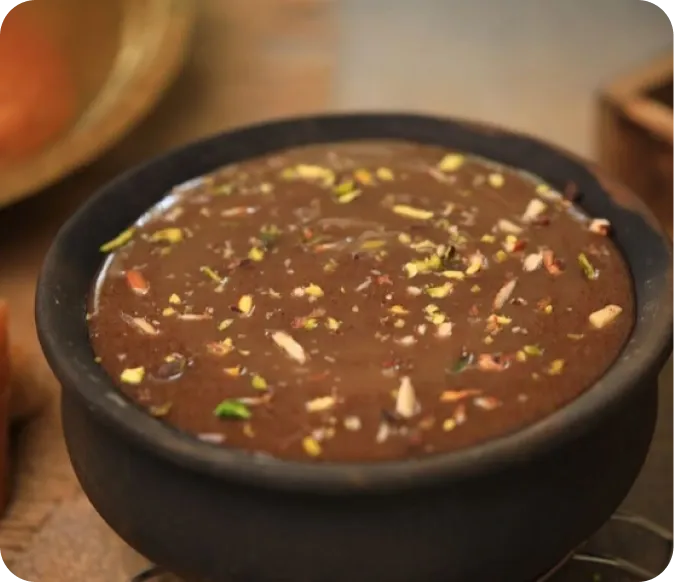
Dhindo is a traditional food made from millet, buckwheat, or cornflour. The flour is mixed with water and cooked on low heat, stirring frequently to prevent lumps. As the mixture thickens, it is vigorously stirred to achieve a smooth, creamy consistency. Dhindo is often served with a side of vegetables, meat, or fermented dishes like Gundruk or Kinema, providing a wholesome and filling meal. Locals and tourists enjoy this simple yet nutritious dish for its comforting and hearty qualities.
Hi, I'm Purvi
